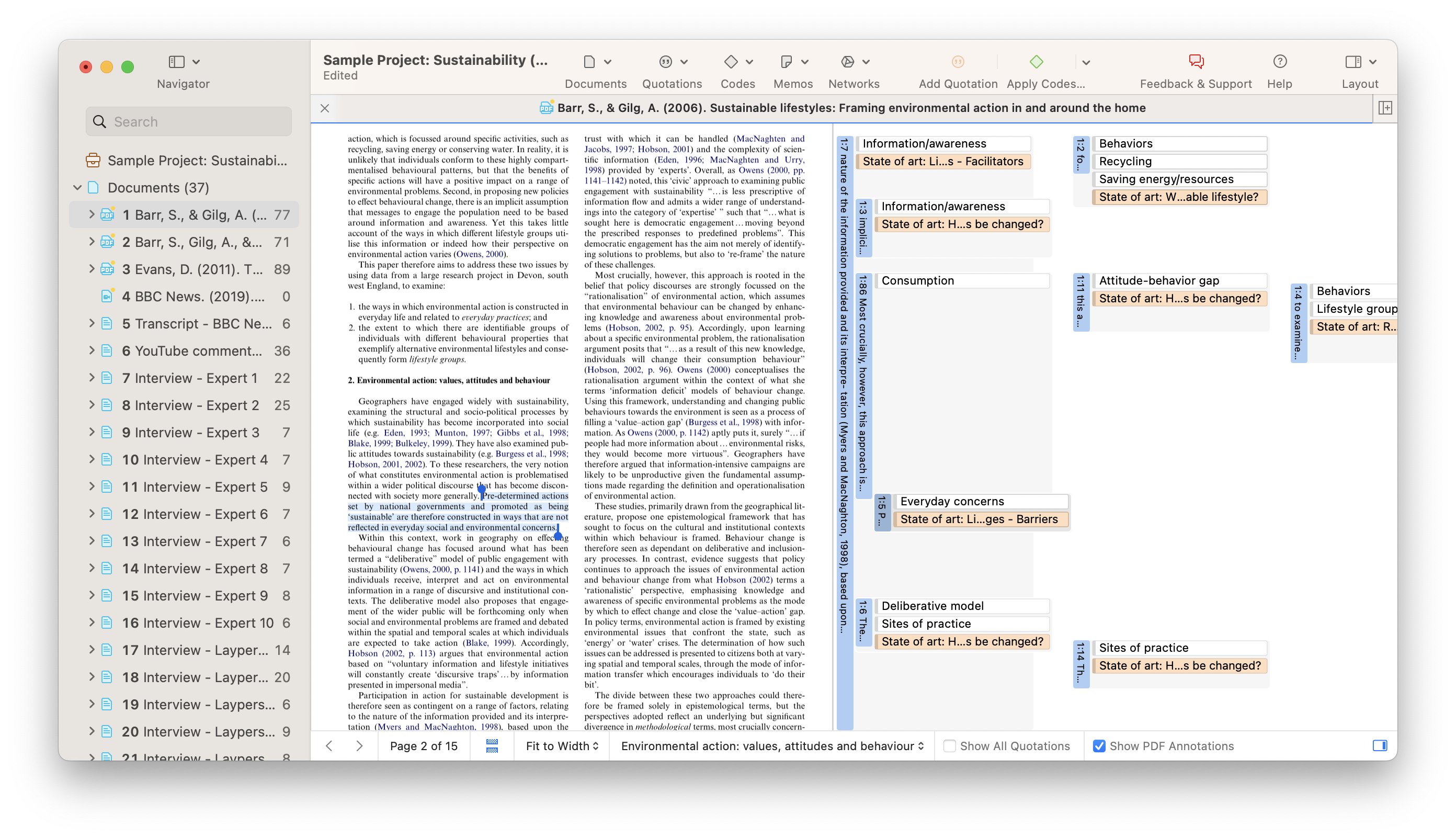It might be easy to get bogged down in a "qualitative vs. quantitative data" debate, particularly when quantitative and qualitative research seem like very different things. However, both qualitative and quantitative data have their uses in research. Hence, researchers need to know what each approach has to offer before deciding which research approach and methods are best for them.
Over time, your research might rely on both qualitative and quantitative data. It's important not to treat one as more important or better than the other. Instead, it will benefit your research if you know when and how to use both forms of data to address your research inquiries.

Quantitative data
Quantitative data refers to any numerical data that can be used in statistical analysis or experimental research.
Researchers in quantitative research often collect data and conduct analysis to make generalizable conclusions about a particular phenomenon or subject. Survey researchers can sample a portion of a population and assert whether the survey results are indicative of the perspectives of the whole population.
Collecting quantitative data
Generally, quantitative data collection methods are more straightforward than their qualitative data counterparts. Suppose your research question involves measuring foot traffic around a city. In such a project, a researcher could place volunteers at selected places and have them count how many times people cross a street in their view. The volunteers' counts make the quantitative data needed to answer the research questions. Making assertions about the foot traffic in different places is a relatively simple task, given that the numbers are easily collected and readily available for comparison.Forms of quantitative data
Quantitative data collection relies on structure and a clear understanding of what the numerical values mean to the research. Quantitative researchers can readily take a spreadsheet of test scores, for example, to generate descriptive statistics and inferential statistics. The shape of that spreadsheet (e.g., rows and columns) and its content (e.g., numerical data) ultimately make analyzing quantitative data feasible.Limitations of quantitative data
Some phenomena cannot be reduced to mere numbers. For example, quantitative data may tell you the value of a particular product, but it faces significant challenges in helping explain a product's inherent beauty or effectiveness. Such concepts can be difficult for quantitative data to define. After all, what is beautiful to someone will be less so to someone else, and vice versa. Quantitative research may also face limitations in measuring people's perspectives. Survey research often relies on Likert scales or rating scales asking respondents to rate something on a numerical scale (e.g., from one to five or one to ten). However, is one respondent's idea of a "4" on a five-point scale the same as another’s idea of a "4" on this same scale? Moreover, subjective concepts are especially difficult to capture with numerical data.Qualitative data analysis
Qualitative research tends to look at the detail of a phenomenon rather than its numerical value. Qualitative research methods allow for theoretical development or exploration of a relatively unfamiliar phenomenon. Think about a beautiful song. It might be beautiful because of the melody, singer, lyrics, or perhaps some combination of these and other factors. Collecting quantitative data on each aspect (e.g., "Give the melody of the song a score between one and five") might allow for some statistical analysis of a song. However, what exactly does someone mean when they give a high rating for a song's melody or lyrics? Do they mean the melody is relaxing, inspiring, or something else? Quantitative approaches alone are insufficient in allowing researchers to determine what people think is a "beautiful melody."Coding qualitative data
Qualitative research relies on methods like interviews to explore social phenomena beyond the use of numbers. ATLAS.ti lets researchers code qualitative data, summarizing large sets of information more succinctly so that gathering insights becomes easier.
When someone speaks at length about a song's melody being "relaxing," a researcher can apply the code "relaxing melody" to an entire segment of text in ATLAS.ti. That way, analyzing the data means looking at brief codes instead of lengthy paragraphs or pages where the meaning might be unclear.
Developing theoretical insights
Qualitative analysis can also prompt us to look at a phenomenon from new and different angles. A researcher may conduct in-depth interviews at places where individuals think a song is beautiful, like at a live concert.
The findings may not fit our prior understanding of a beautiful song, meaning quantitative research wouldn't likely capture it. Statistical analysis might have difficulty reaching a reliable conclusion since different people might have different definitions of what makes a beautiful song.
As a result, the potential for qualitative research to further develop theory cannot be understated, particularly when it allows researchers to document new insights that quantitative methods might miss. While the qualitative research process can be daunting, it has the potential to provide more detail than a simple statistical analysis can.
